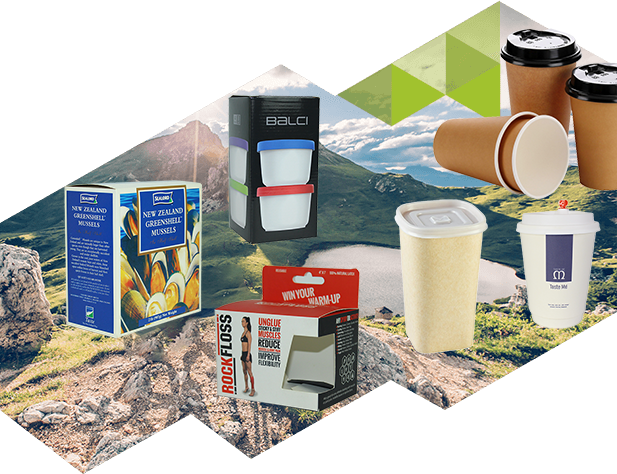V. How to choose high-quality and environmentally friendly paper cups
A. Compliance certification and marking
When choosing high-quality and environmentally friendly paper cups, the first thing to pay attention to is whether the product has relevant compliance certification and logo.
The following are some common compliance certifications and logos:
11. Food grade certification. Ensure that the raw materials used in environmentally friendly paper cups comply with food safety standards. For example, FDA certification in the United States, EU certification for food contact materials, etc.
2. Paper cup quality certification. Some countries and regions have established quality certification standards for paper cups. Such as the green and environmentally friendly product certification mark issued by the General Administration of Quality Supervision, Inspection and Quarantine of China, and the ASTM International Paper Cup Standard in the United States.
3. Environmental certification. Environmentally friendly paper cups should comply with environmental standards and certification. For example, REACH certification, EU environmental labeling, etc.
4. Certification for degradation and recyclability. Determine whether environmentally friendly paper cups meet the requirements for degradation and recyclability. For example, BPI certification in the United States (Biodegradable Products Institute), OK Composite HOME certification in Europe, etc.
By selecting environmentally friendly paper cups with relevant compliance certifications and logos, consumers can ensure that the purchased products have a certain level of quality and environmental performance.
B. Selection of suppliers and manufacturers
The selection of suppliers and manufacturers is one of the key factors when choosing high-quality and environmentally friendly paper cups.
Here are some areas to pay attention to:
1. Reputation and reputation. Choose suppliers and manufacturers with good reputation and reputation. This can ensure the reliability of product quality and environmental performance.
2. Qualification and certification. Understand whether suppliers and manufacturers have relevant qualifications and certifications. Such as ISO9001 quality management system certification, ISO14001 environmental management system certification, etc. These certifications indicate that the enterprise has a strict quality and environmental management system.
3. Raw material procurement. Understand the sources and procurement channels of raw materials used by suppliers and manufacturers. This ensures that the raw materials meet environmental requirements and have relevant environmental certifications.
4. Supply capacity and stability. Evaluate the production capacity and supply stability of suppliers and manufacturers. This can ensure timely delivery of products and meet consumer needs.







